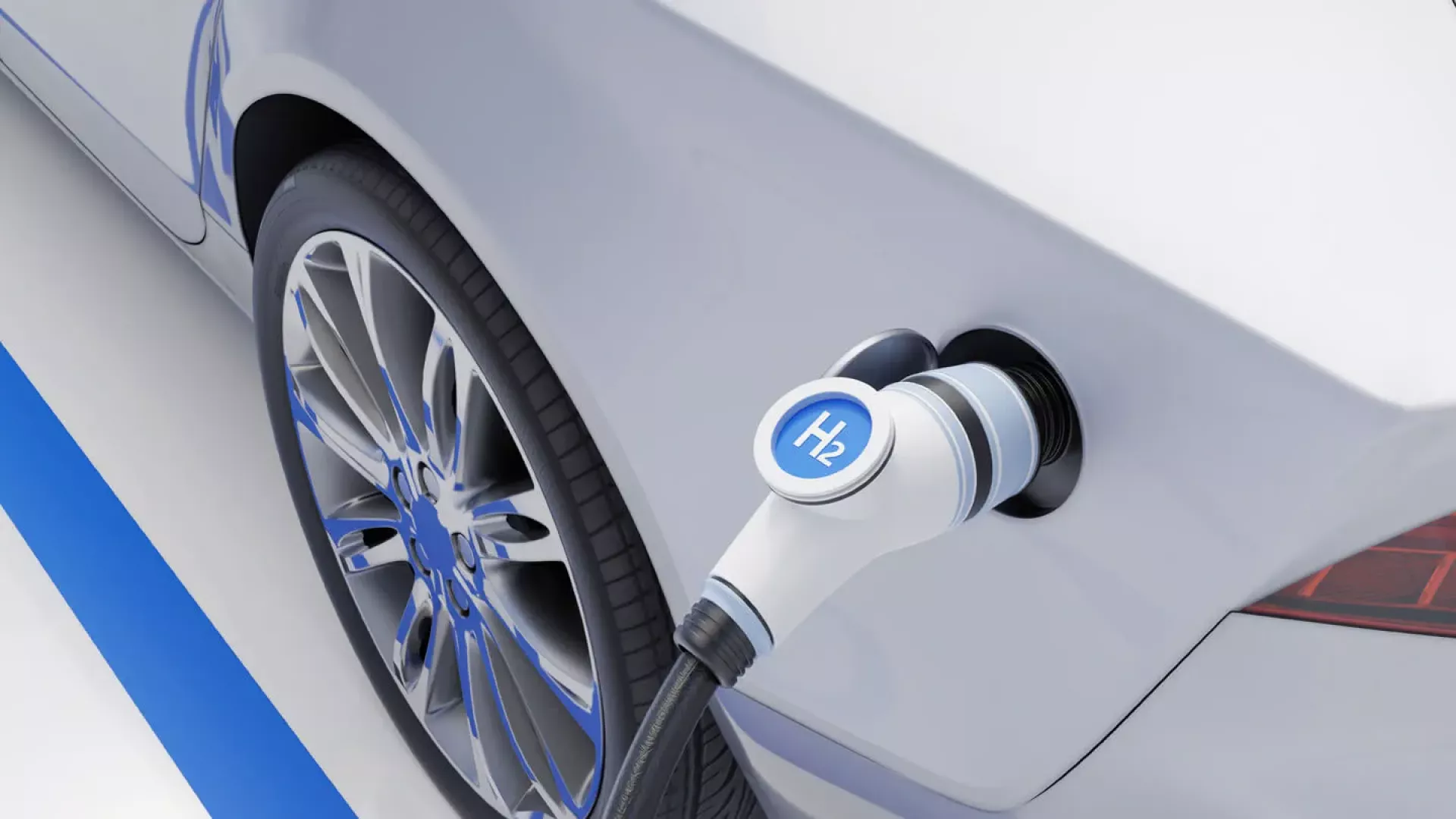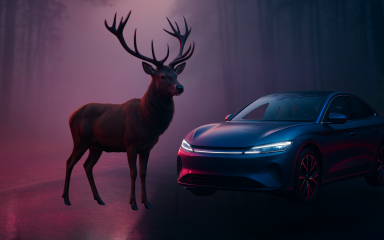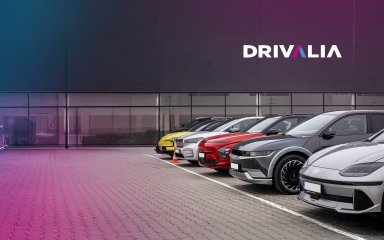
The clock’s ticking. By 2030, many European countries will have ICE phase-out bans in place. Luckily, there’s a wide range of impressive battery-fuelled EVs coming onto the market at a variety of price points. But what about that other environmentally friendly alternative: the hydrogen fuel cell car? Here’s our take on the pros and cons:
What is hydrogen?
Hydrogen is the smallest and lightest element, consisting of only one proton (a small positively charged particle) and one electron (a small negatively charged particle). As a gas, hydrogen is colourless, odourless, non-corrosive, non-oxidizing, non-radioactive, non-carcinogenic and non-toxic. Hydrogen is produced when you use electricity to split water into oxygen (O) and hydrogen (H2). Because this process is also reversible, hydrogen can be converted into electricity by adding oxygen, releasing water as a by-product. Hydrogen is thus completely CO2-free and therefore an optimal emission-free driving alternative.
How does a hydrogen fuel cell work?
Just like an “ordinary” electric car is equipped with a battery, a hydrogen fuel cell vehicle has electric motors. The only difference is that a hydrogen car has just a small battery and one or more hydrogen tanks, as well as a fuel cell. By adding oxygen, this fuel cell converts hydrogen into electricity and water via an electrochemical process. The electricity is used to provide the car battery with the necessary energy and the clean water is discharged in the form of water vapour.
Are hydrogen cars a viable alternative to EVs?
We’ve compared some facts about hydrogen cars with battery powered EVs, as well as petrol and diesel cars, to find out whether the hydrogen car could become a serious contender.
First of all, the pros. In addition to being emission free, a major advantage of hydrogen cars is that refuelling is comparable to filling up an LPG tank. That means, unlike with the relatively long charging time of battery powered EVs, with a hydrogen car, you can be back on the road within a few minutes. Most hydrogen cars also have a longer range than ‘regular’ EVs.
Despite these major advantages, there are currently few hydrogen early adopters, which means filling stations across much of Europe are pretty rare – making range anxiety a major issue. It’s the classic chicken and egg dilemma: few drivers equal few filling stations, and few filling stations mean that fewer people are likely to choose a hydrogen car. In addition, while there are more and more battery-powered EVs to choose from, there’s only a limited number of hydrogen models currently on the market, with the Hyundai Nexo and the Toyota Mirai being two of the most prominent.
Another issue is cost. As hydrogen is an emerging technology, residual values are still uncertain, which means that the monthly lease rate in many countries is relatively high compared to battery-powered EVs or ICE vehicles. That said, hydrogen cars are also eligible for a variety of tax benefits, which can make them a financially attractive alternative for lease drivers.
Some experts also think that hydrogen used with fuel cells is an ideal fit for the heavy duty transport sector (think of trucks, trains and ships) and industrial applications that require both heat and electricity.
What's next?
The Hydrogen Council, a global initiative of energy, transport and industry companies, predicts that by 2050 hydrogen may power over 400 million passenger cars worldwide as well as some 20 million trucks and 5 million buses.
At LeasePlan, we’re always asking “What's next in mobility?”, and we will continue to monitor developments in the field of hydrogen cars.


